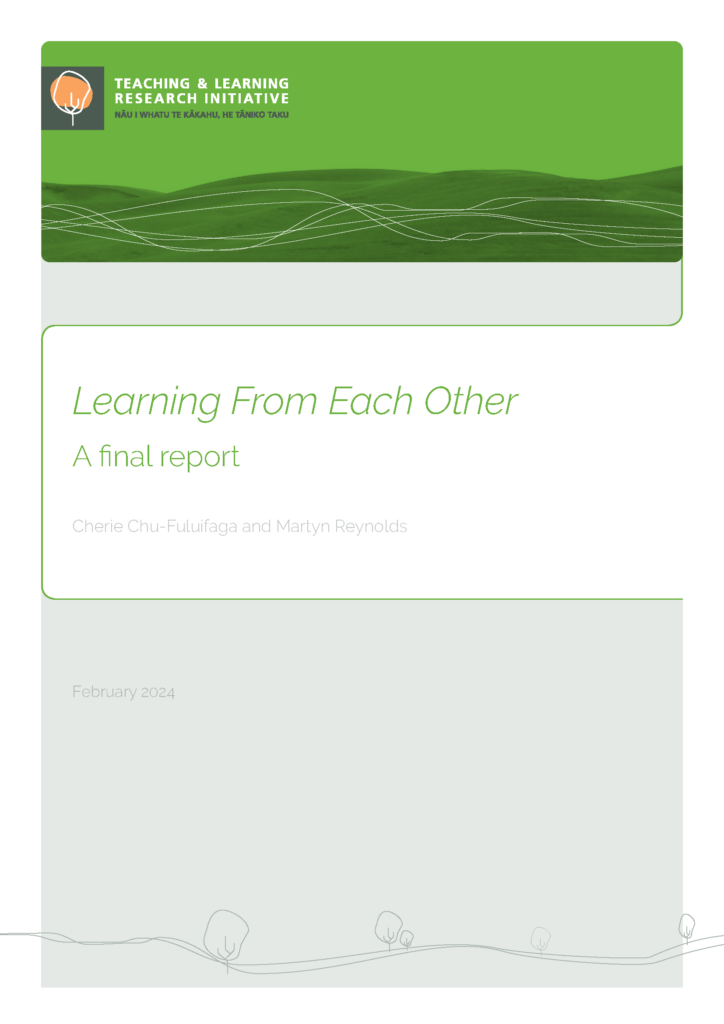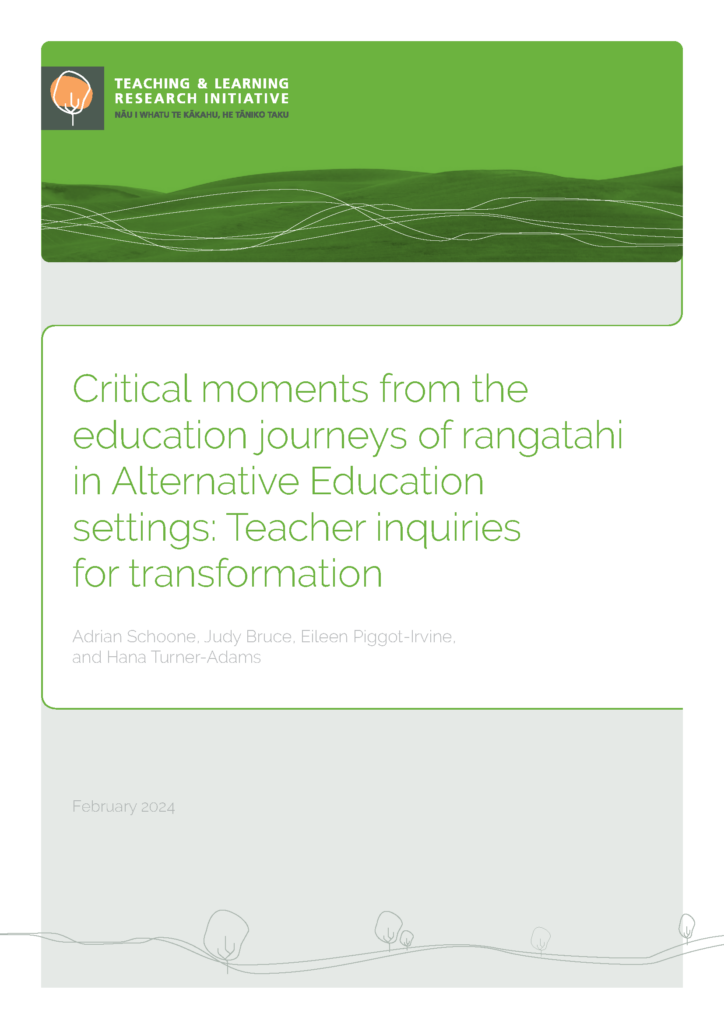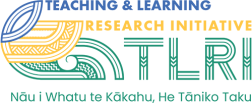Mō TLRI/About TLRI
The Teaching and Learning Research Initiative: Nāu i Whatu te Kākahu, He Tāniko Tāku was established by the New Zealand Government in 2003. Its purpose is to support research addressing themes of strategic importance to education in New Zealand that will lead to an improvement in outcomes for learners.
The TLRI provides annual funding of up to $1,555,556 (excluding GST) for research projects that meet its criteria and has funded 181 such projects since its inception.
There are three sets of criteria to choose from in applying for TLRI research funding – Whatua Tū Aka for kaupapa Māori research, Pacific-focused research, and the Open pathway for all other research. Every year the TLRI outlines key priorities it aims to support through educational research funding.
Applications for funding typically open in Term 1 of each year, closing in Term 2 (for the Pacific and Open pathway) and Term 3 (for the Whatua Tū Aka pathway). More information can be found here.
Since its inception in 2003, the TLRI has been managed and administered by Rangahau Mātauranga o Aotearoa, the New Zealand Council for Educational Research (NZCER). NZCER’s role is to:
- provide leadership and operational implementation
- build awareness of the TLRI and its research programmes and results
- implement quality-assurance policies and processes for the TLRI
- create opportunities for building research capability in teaching and learning for researchers and practitioners.
Aims of the TLRI
- Build a cumulative body of knowledge linking teaching and learning
- Enhance the links between educational research, teaching practice, researchers and teachers across early childhood, school, and tertiary sectors
- Grow research capability and capacity in the areas of teaching and learning.
Partnership in TLRI projects
Partnerships between researchers and educational practitioners are essential to the TLRI’s goals. This grows research capability and capacity, establishing a reciprocal process that:
- Builds the capability of researchers to undertake quality research, through engaging in high-quality projects and working with other researchers with varied levels of experience.
- Enables teachers to gain expertise in systematic enquiry, as they engage as active members of a research team.
- Builds the capability of teachers to improve their teaching practice by learning from the findings of research
- Deepens researchers’ understanding of teaching and learning by engaging with teachers
A note on the TLRI Whakatauki (if we want to include this in this section – up to the group!)
There’s a post on Facebook about this whakatauki. The post reads:
Join the
TLRI mailing list
Confirm what happens to email addresses submitted? ie processes around the TLRI email subscriber list
Recently Completed


Project Categories
Can we discuss navigation by Categories at our next meeting. Only 5 projects have been put into sub-categories (Maths and Assessment) above. It would be useful to have feedback as to whether it’s worth creating and assigning sub-categories for all the projects

